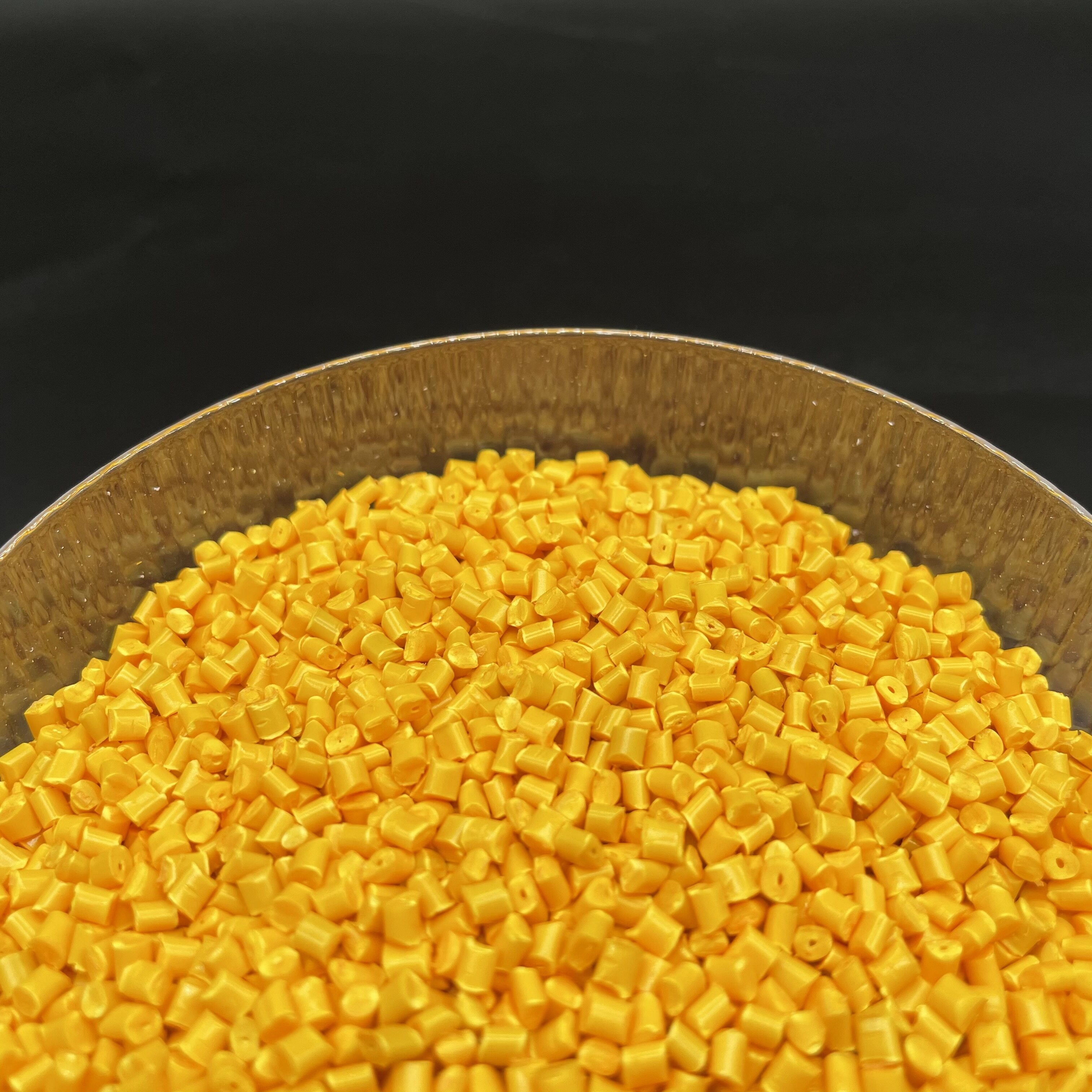Error de formato de correo electrónico
emailCannotEmpty
emailDoesExist
pwdLetterLimtTip
inconsistentPwd
pwdLetterLimtTip
inconsistentPwd

Offer Technical Support and Customized Solutions
The company is committed to creating new and improved plastic materials to meet the evolving demands of the market.

The Strength of High-Temperature Resistant Plastic Materials
Introduction
In the ever-evolving landscape of materials engineering, the demand for high-temperature resistant plastic materials has surged. These remarkable polymers exhibit an unparalleled ability to withstand extreme heat, making them indispensable in various industries. From aerospace components to medical devices, the versatility of these plastics is reshaping the way we approach engineering challenges.
Types and Characteristics
Among the myriad options available, polymers like polyimides (PI), polyetheretherketone (PEEK), and polyphenylene sulfide (PPS) stand out for their exceptional thermal stability. These materials, often referred to as "heat-resistant plastics," find applications in critical environments where traditional materials fall short.
Polyimides, for instance, are renowned for their robustness in high-temperature settings, making them a top choice in aerospace applications. Their ability to maintain structural integrity under extreme heat conditions contributes to the reliability of aircraft components.
Properties at Elevated Temperatures
The distinctive thermal stability of these plastics is a result of their molecular structure. The macromolecules in high-temperature resistant plastics are designed to resist degradation even in the harshest conditions. This resistance not only ensures the longevity of the material but also maintains its mechanical properties, a crucial aspect in industries such as automotive manufacturing.
In addition to their thermal stability, these plastics boast impressive mechanical properties at elevated temperatures. This combination of heat resistance and mechanical strength is particularly advantageous in industrial machinery, where components are subjected to both intense heat and mechanical stress.
Applications Across Industries
The widespread applications of high-temperature resistant plastic materials underscore their importance in various industries. In the automotive sector, these materials are revolutionizing engine components, enhancing efficiency and durability. Similarly, in the medical field, the use of such plastics in devices ensures reliability under sterilization processes, safeguarding both patients and practitioners.

Manufacturing Innovations
The production of these materials involves intricate processes such as injection molding, extrusion, and compression molding. Recent advancements in 3D printing technology have opened new possibilities for creating complex designs with high-temperature plastics. This intersection of traditional manufacturing methods and cutting-edge technology exemplifies the interdisciplinary nature of materials engineering.
Challenges and Future Prospects
While the adoption of high-temperature resistant plastic materials continues to grow, challenges persist. Ensuring sustainable practices in the production of these materials is a focal point for researchers and industry leaders alike. Balancing performance with environmental considerations is crucial for the long-term viability of these materials.
The future holds promise for further innovations. Ongoing research explores new formulations and manufacturing techniques, with the goal of expanding the applications of high-temperature plastics. Integrating insights from environmental science, chemistry, and engineering is key to developing sustainable solutions that meet the evolving demands of diverse industries.
Conclusion
In conclusion, the realm of high-temperature resistant plastic materials is a dynamic intersection of science, engineering, and environmental consciousness. The adaptability and resilience of these materials, combined with ongoing research efforts, ensure that they will continue to play a pivotal role in shaping the future of multiple industries. As we navigate the challenges of tomorrow, these plastics stand as a testament to human ingenuity and our ability to harness the power of materials for a sustainable and resilient future.

